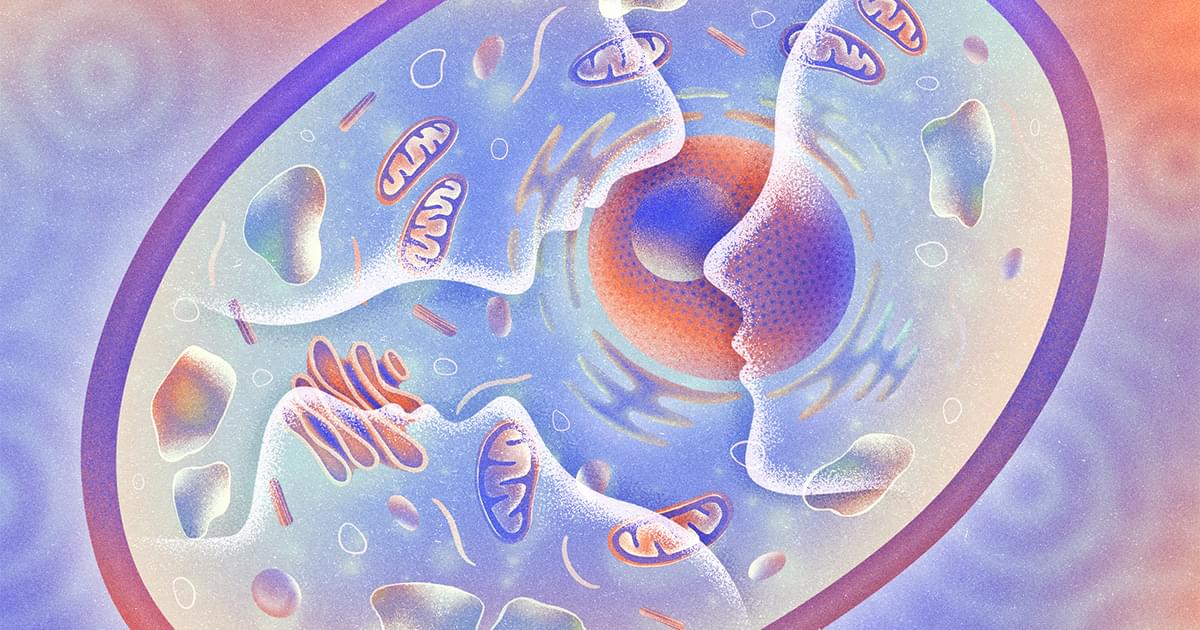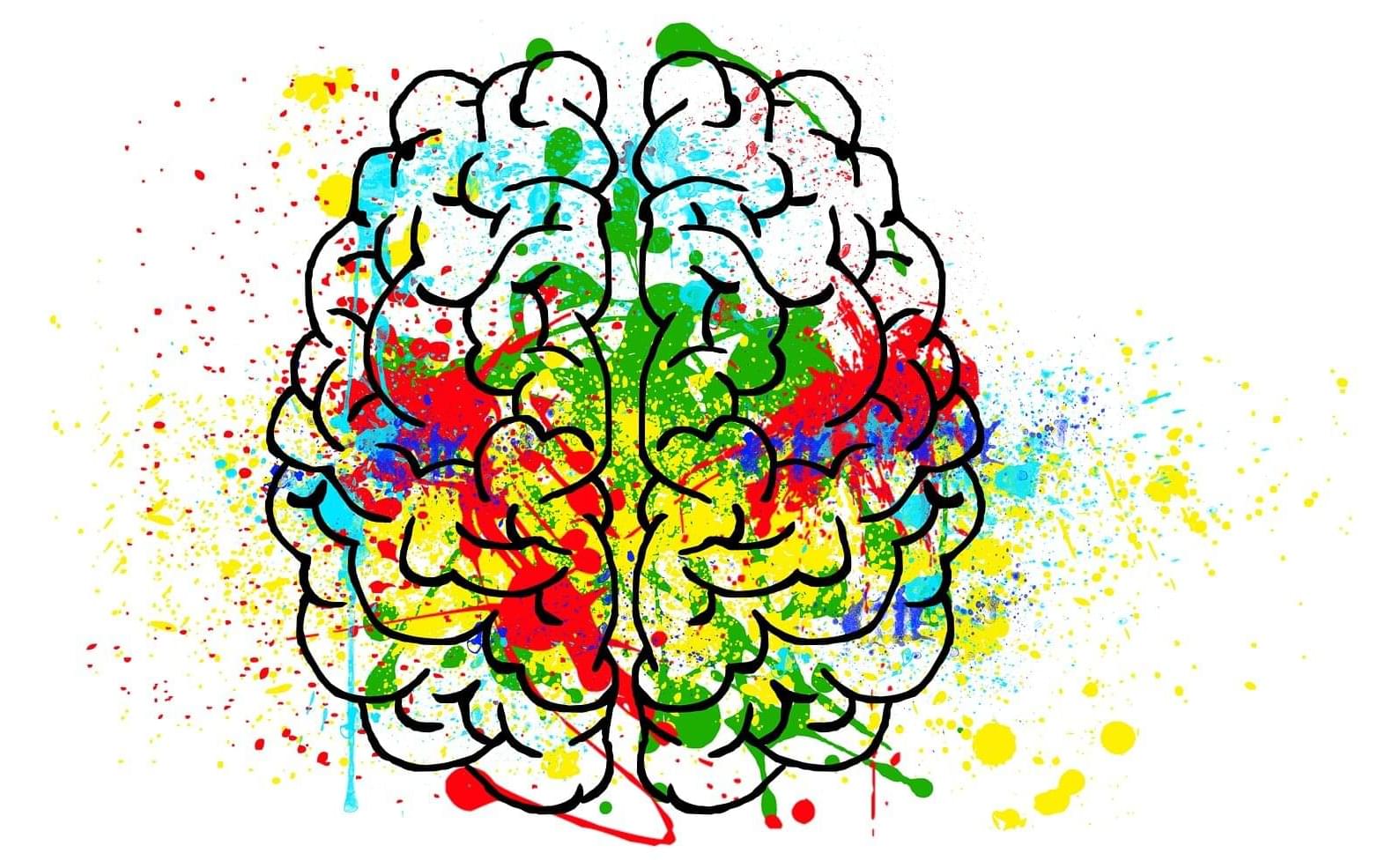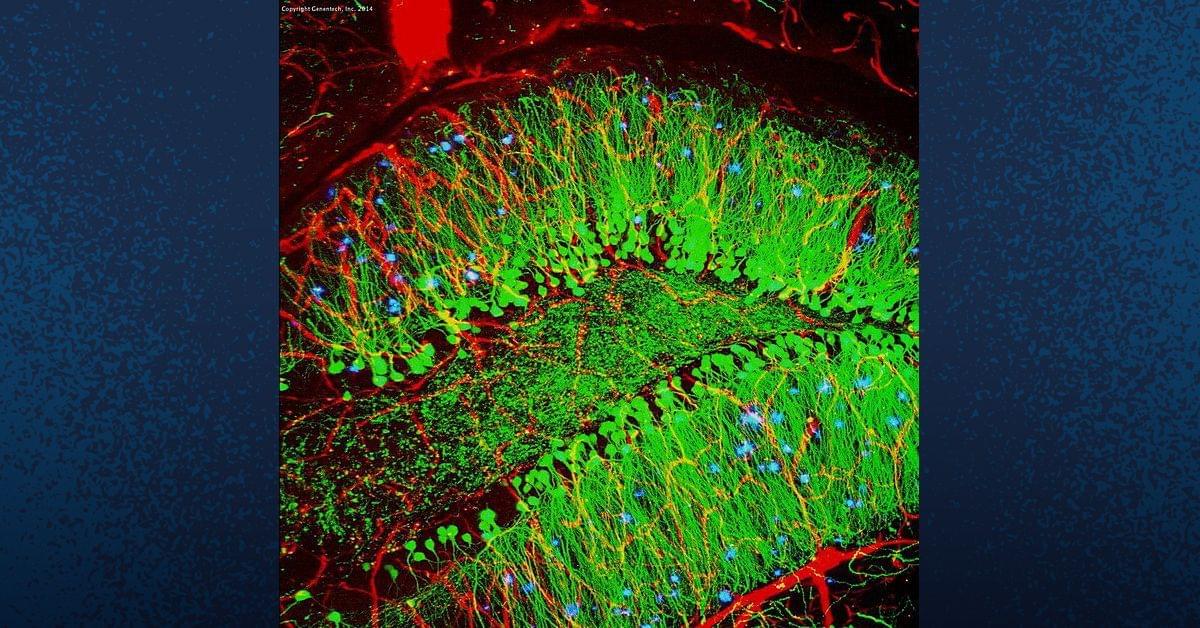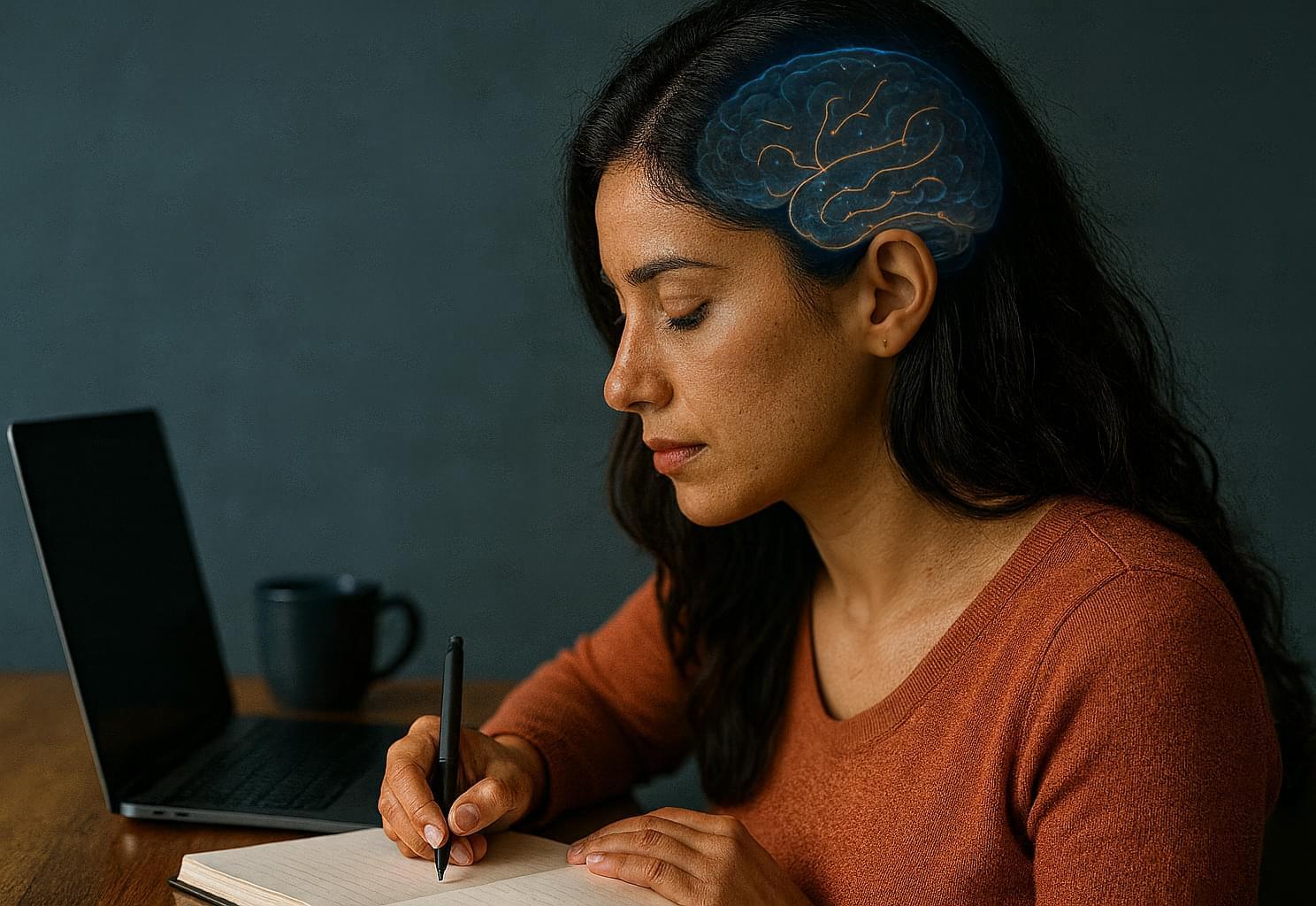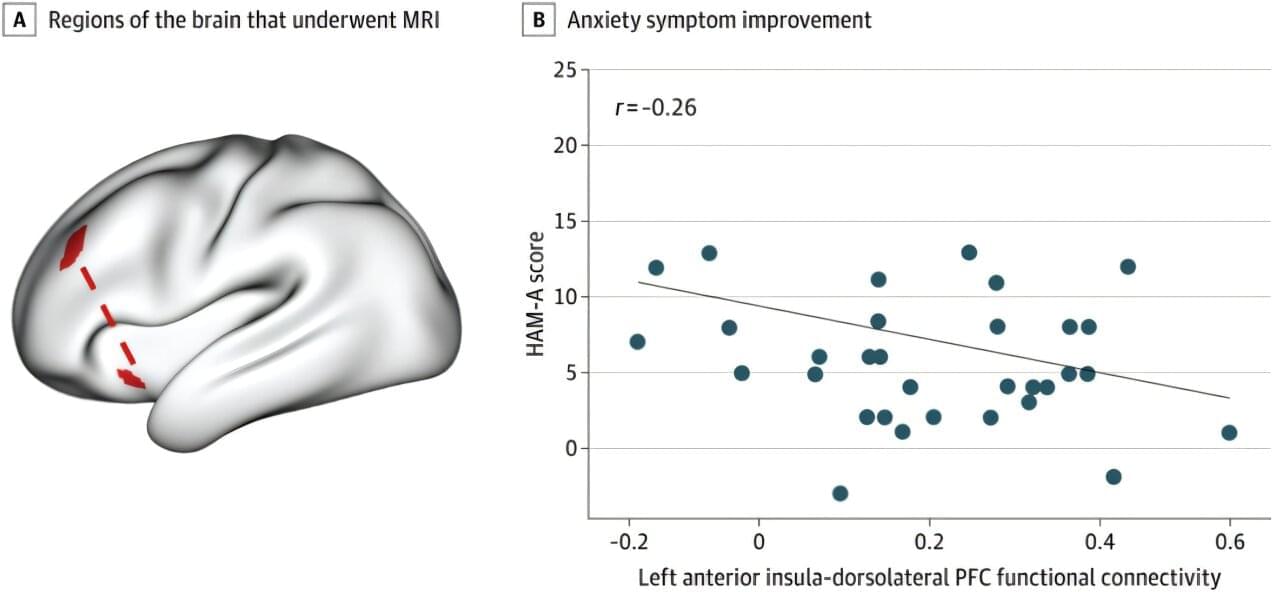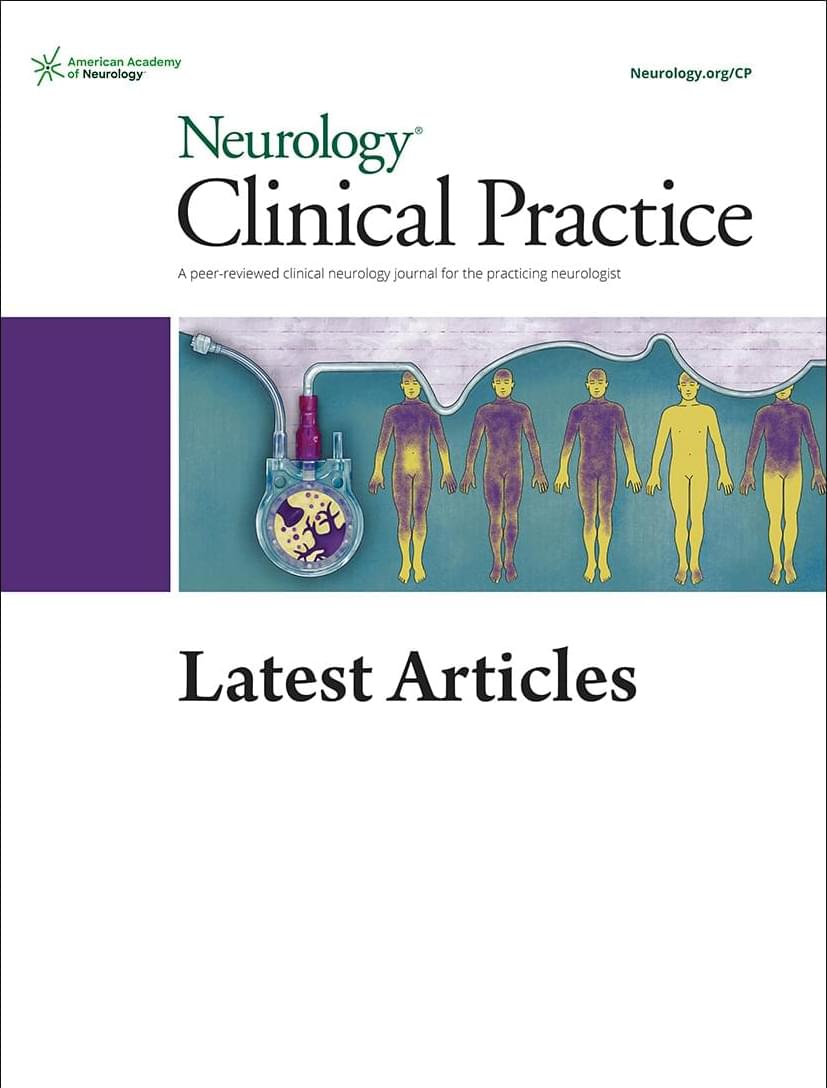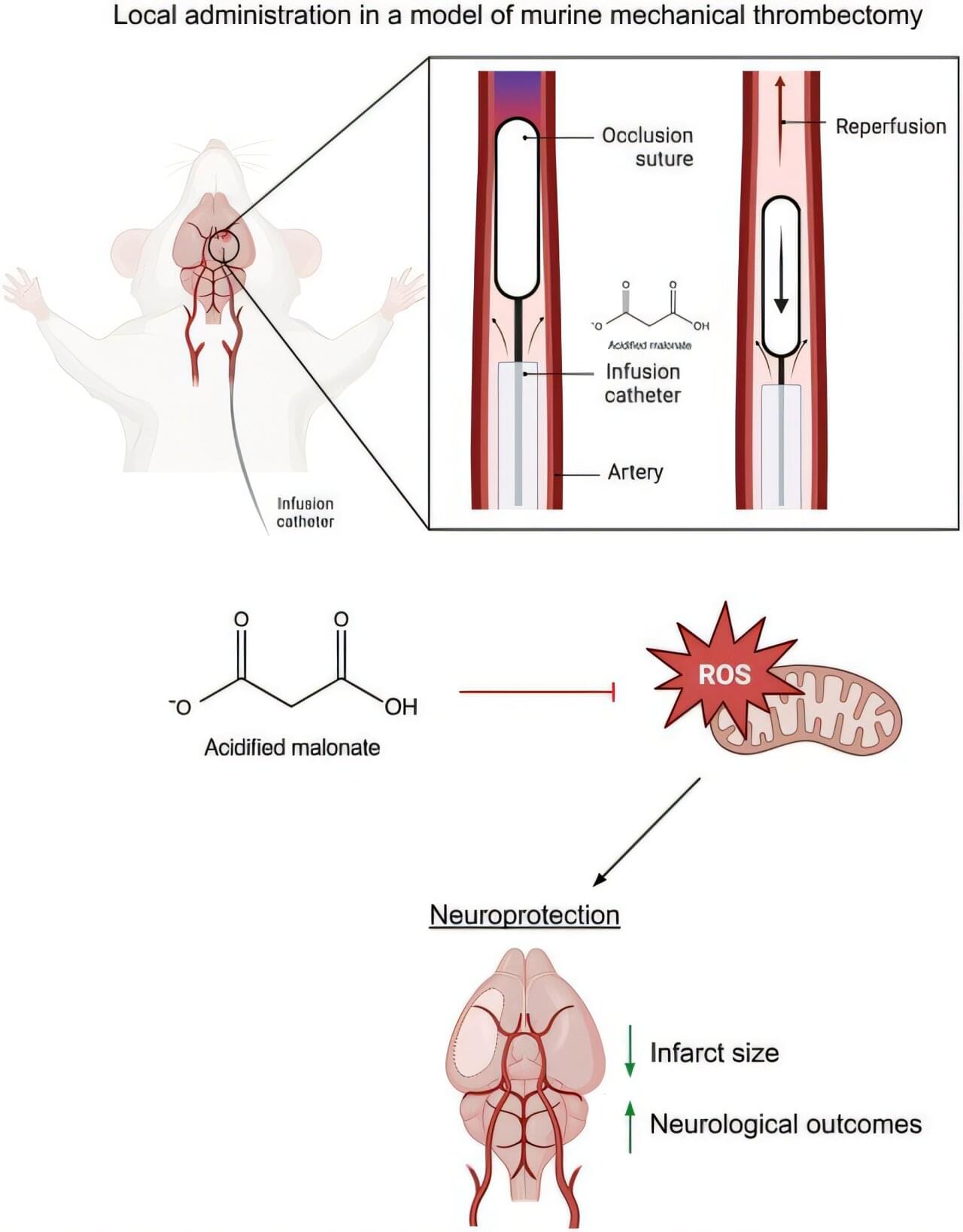A new Stanford-led study sheds light on “an emerging psychological health crisis” that disproportionately affects girls. Published July 30 in The Lancet Planetary Health, the study is among the first to quantify how repeated climate stressors impact the psychological well-being and future outlook of adolescents in low-resource settings.
Researchers from Stanford’s schools of Medicine, Law, and Sustainability partnered with health experts in Bangladesh to survey more than 1,000 teenagers and conduct focus groups across two regions with starkly different flood exposure.
“What we found really lifts the voices of frontline adolescents —a group whose perspectives and health outcomes are so rarely investigated and communicated,” said lead author Liza Goldberg, an incoming Earth system science Ph.D. student in the Stanford Doerr School of Sustainability.

